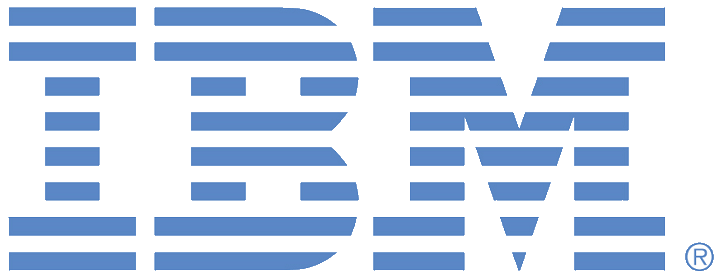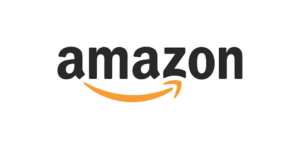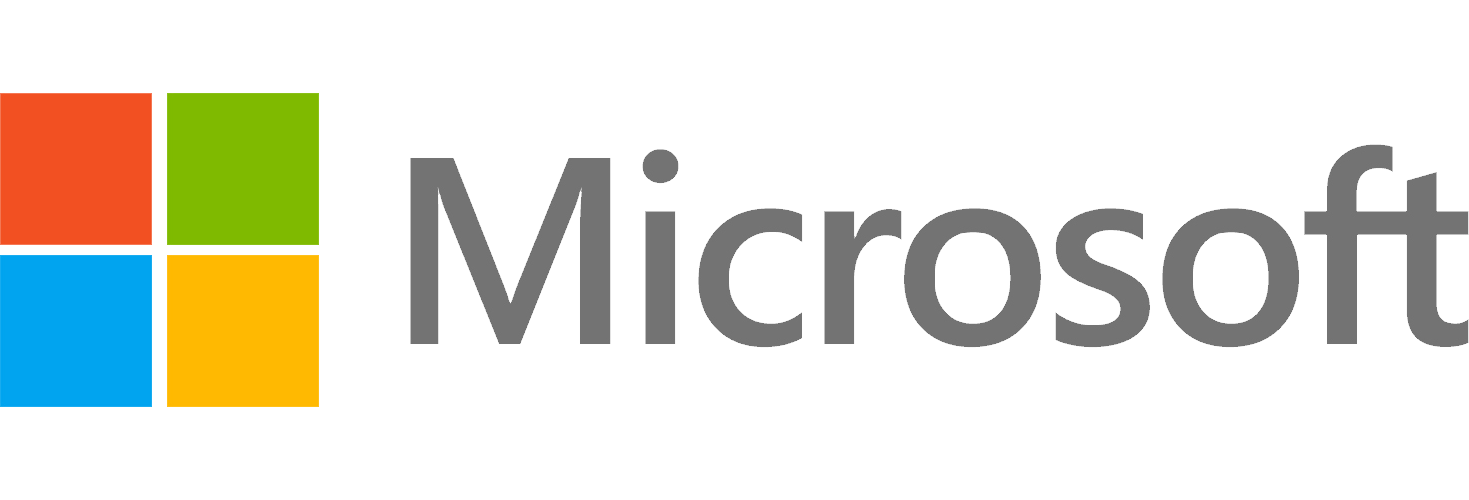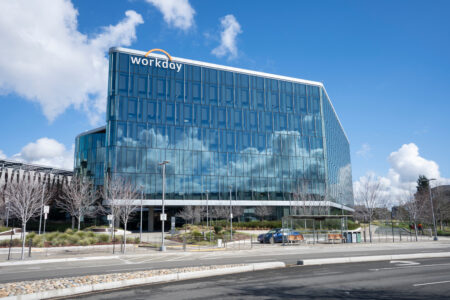In episode 110 of the Leadership Minute, I take a look at some new supply chain products from Amazon, IBM, and Microsoft, all companies of which are on the Cloud Wars Top 10 Shortlist.
This episode is sponsored by Acceleration Economy’s “Cloud Wars Top 10 Course,” which explains how Bob Evans builds and updates the Cloud Wars Top 10 ranking, as well as how C-suite executives use the list to inform strategic cloud purchase decisions. The course is available today.
Highlights
00:09 — Over the last few months, I’ve had the opportunity to view some new supply chain products by Amazon, IBM, and Microsoft. There’s a lot of overlap, but they all have a different sweet spot.
00:38 — AWS supply chain is a machine-learning-powered, cloud-based supply chain management system. This software is likely overkill for a small company with a single site. But it’s a no-brainer for businesses that have many suppliers in warehouses. It aggregates different supply chain systems and information into a single data lake, allowing analysis to be done very quickly.
01:51 — When I was a demand planner, I spent a lot of time crunching the numbers. This crunches the numbers, allowing the individual to spend time solving the problems or stopping situations from becoming problems.
02:32 — Then there’s IBM which created the notion of a cognitive supply chain, taking advanced technologies to create a self-learning, self-improving system that uses machine learning. I love the IBM story because it made it work internally before making it available externally.
03:44 — IBM also consolidated a legacy system into one digital system. All information is sitting in one place. It used advanced analytics tools to create a process of data-driven forecasting, identifying inefficiencies, bottlenecks, and opportunities for improvement within the supply chain. It’s using predictive analytics for forecasting.
04:32 — It also recognizes that these changes are going to have an effect on employees and that employees are going to have some skill gaps and, as part of the program, it needed extensive employee alignment and employee retraining.
05:13 — Finally, there’s Microsoft, with Microsoft Dynamics 365. I thought that Dynamics 365 accommodated well for the fact that some companies, like retail stores, buy their inventory, but lots of companies make their inventory as well; and it’s got the Internet of Things (IoT) at play.
06:05 —It uses artificial intelligence (AI) and machine learning in a lot of different places. It has a fraud protection module that helps the risk management department mitigate risks in the supply chain. Because so many are already familiar with Microsoft software, the Dynamics 365 user interface would likely be very intuitive.
07:04 —There is no one size that fits all here, right? You can see a lot of overlap, but you can see some very specific targeted benefits that each one of them has. The key to me is that there’s so much innovation right now, if you look around a bit, you’re sure to find something that meets your needs.














